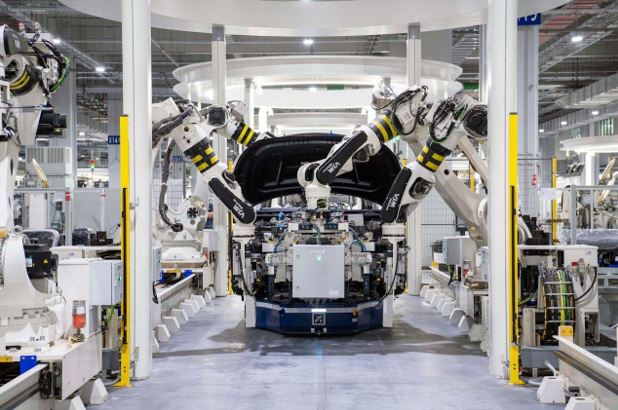Built to Last: What to Look for in a Durable, Long-Lasting Rotary Actuator for Tough Applications
Choosing the right rotary actuator can make all the difference when it comes to heavy-duty machinery and demanding industrial environments. Whether for automation, manufacturing, or construction, your actuator must withstand brutal conditions, such as extreme temperatures, heavy loads, and exposure to dust or moisture. These factors make selecting a durable, long-lasting rotary actuator essential. Knowing what to look for ensures both reliability and efficiency for those planning to buy rotary actuators for tough applications.
Material Selection for Maximum Durability
The material of a rotary actuator directly influences its ability to endure tough conditions. Different environments require different types of resistance, whether it’s to corrosion, wear, or impact. In most industrial settings, actuators are exposed to dirt, moisture, or chemicals, making corrosion resistance a top priority.
For high-performance applications, stainless steel or specially coated materials often provide the most durability. Stainless steel offers excellent resistance to corrosion and rust, which is crucial in industries like food processing or chemical plants where exposure to water and chemicals is frequent. In contrast, actuators made from aluminum or low-quality metals may degrade more quickly under these harsh conditions.
Moreover, internal components must be designed to withstand repeated stress without breaking down. To ensure long-term reliability in extreme environments, high-strength alloys or carbon steel are often used for internal gears and bearings.
Sealing and Protection Against Contaminants
Proper sealing of the rotary actuator is critical when considering tough applications. Dust, debris, and moisture can easily infiltrate an actuator’s inner workings, leading to corrosion, wear, and mechanical failure. Robust sealing technologies are essential for any actuator expected to perform in dirty or wet conditions.
Look for rotary actuators with high IP (Ingress Protection) ratings. These ratings indicate how well the actuator is protected from solids like dust and liquids like water. A rating of IP67 or higher is typically required in industries like mining, oil, and gas, where exposure to extreme elements is unavoidable.
Additionally, consider whether the actuator offers specialized seals, such as O-rings or labyrinth seals, providing an extra protection layer. These seals prevent contaminants from damaging internal components, ensuring smooth and reliable operation over the long term.
Torque Capacity and Performance in High-Load Environments
One of the most important factors to evaluate when selecting a rotary actuator is its torque capacity. The actuator needs to deliver enough torque to handle the forces exerted on it without compromising performance. Under-sizing an actuator for a high-load application can result in premature failure while over-sizing can lead to inefficiencies.
Here are some factors to consider regarding torque capacity:
- Continuous torque rating: Ensure the actuator can handle the load over extended periods without overheating or wearing down.
- Peak torque rating: If your application involves sudden surges of force, the actuator should be able to handle occasional peaks in torque without damage.
- Load-bearing capability: Make sure the actuator’s construction supports the torque and weight it will encounter.
Efficient Power Consumption for Long-Term Operation
In tough environments, energy efficiency is often overlooked in favor of durability, but it plays a crucial role in long-term cost savings and operational efficiency. Selecting a rotary actuator with a high-efficiency motor can reduce power consumption, resulting in lower energy costs over the lifespan of the equipment.
Look for actuators that incorporate advanced control systems, such as smart feedback or sensors, which can optimize energy usage by adjusting performance based on the load or speed. These technologies save energy and extend the life of the actuator by preventing overwork or strain on the system.
Maintenance Requirements and Serviceability
Even the most durable actuators require regular maintenance to ensure long-term functionality, especially in harsh conditions. However, the actuator’s design can make a big difference in how easy or difficult that maintenance becomes.
A well-designed actuator will feature easily accessible components and modular parts, allowing quick repairs or replacements. Additionally, consider whether the actuator has self-lubricating bearings or automated lubrication systems that reduce the need for manual upkeep.
Minimizing downtime in industries that operate around the clock is critical, so choose an actuator that allows for rapid serviceability, reducing the time and labor required for maintenance.
Final Thoughts
Choosing a rotary actuator built for tough applications involves carefully considering material quality, sealing, torque capacity, power efficiency, and maintenance needs. Focusing on these elements ensures that your equipment will deliver consistent, reliable performance, even in the harshest conditions. When it’s time to buy rotary actuators, understanding these key features can help you make an educated decision that boosts both productivity and durability in your operation.


